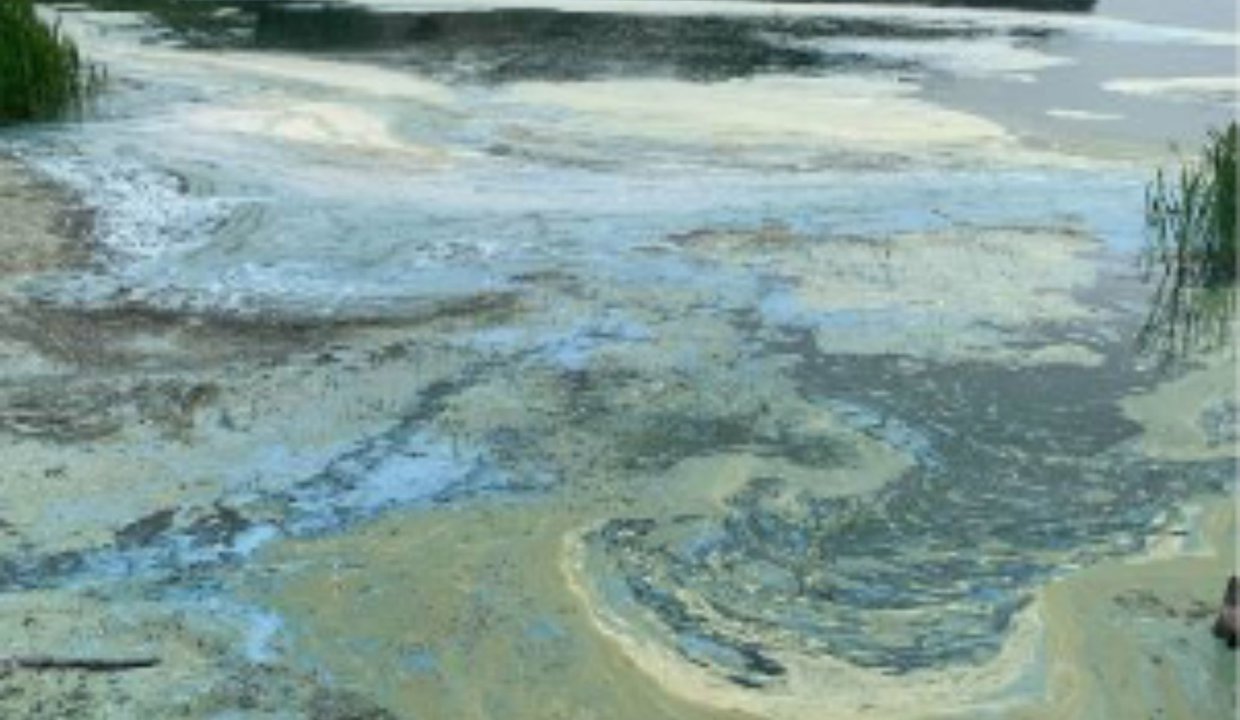Water quality
In Scotland, lead does not occur naturally in significant concentrations in our water supplies.
The problem arises when drinking water comes into contact with lead supply pipes, lead tanks, lead solder joints on copper pipes, or inferior quality brass fittings and taps, particularly for longer periods (e.g. overnight/ weekends / holidays periods). This can result in high lead levels in the drinking water supply.
If you suspect you may have lead pipes, the Councils encourages you to undertake further works with a view to establishing whether lead is present and to take steps to replace them; and as a short-term, implement some precautionary measures to protect your health. Information on the health effects of exposure to lead can be found on the NHS Inform website
Blue-green algae
Blue-green algae naturally occur in lakes, ponds, canals, rivers and reservoirs around the world. They are actually a type of bacteria, known as cyanobacteria, which can produce toxic chemicals that are very harmful to the health of people and animals. They are particularly a health risk during warm summer months when their concentrations increase in the water to form blooms and scums on the surface. This can look like green or turquoise wispy paint, green scum or clumps of green particles. Often these surface scums accumulate along the shore where children or dogs play, or where livestock come to drink.

What are the dangers of blue-green algae to pets, people and ecosystems?
Blue-green algae can produce potent toxins that can result in a range of health effects in people and animals. Effects on people coming into contact with toxic scums include skin rashes, eye irritations, vomiting and diarrhoea, fever and pains in muscles and joints. Blue-green algae have caused the deaths of dogs, horses, cattle, birds and fish across the UK. If you are a pet owner you can find further information from the Blue Cross website.
If you, or your pet, have become unwell after contact with water that you think may be contaminated with blue-green algae, we’d strongly recommend that you seek immediate medical or veterinary advice.
Any potential algal bloom can be recorded using the smartphone app - Bloomin’Algae (available from Google Play or App store). The app provides a rapid notification, speeds up public and animal health alerts and warnings, provides verification of harmful algal blooms to SEPA, Local Authorities and others. Use the app to send in photos and locations of possible blooms, and you will receive comments on your bloom after you have registered and authorised an email account at iRecord.
You can download the app directly on Google Play or download on the App Store.
Further action and reporting harmful algal blooms
The responsibility to manage algal blooms lies with the owner of the water concerned. However, for enquiries relating to blue-green algae (cyanobacteria), please contact us at environmental.health@eastdunbarton.gov.uk.
We can assess any action required against the relevant guidance and may contact SEPA for further water tests. You may also directly report incidents of algal blooms or water pollution incidents to SEPA.
Further information can be found at the UK Centre for Ecology & Hydrology, Bloomin’ Algae
